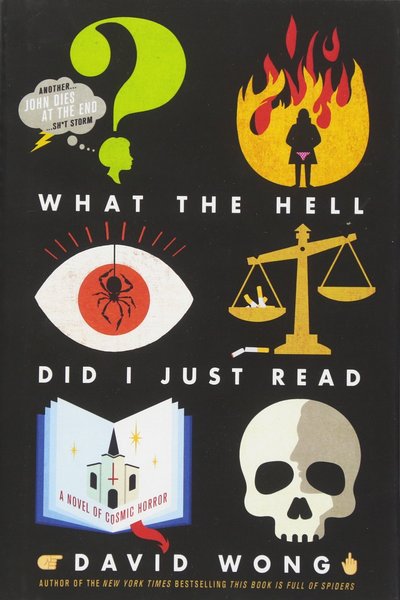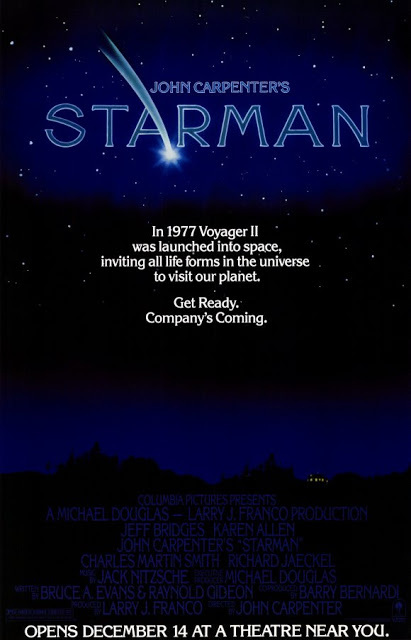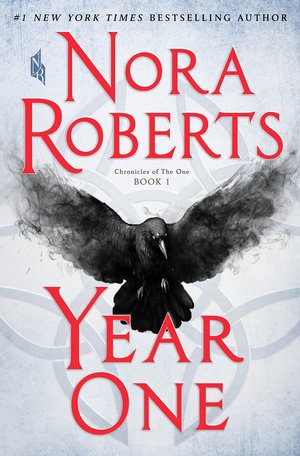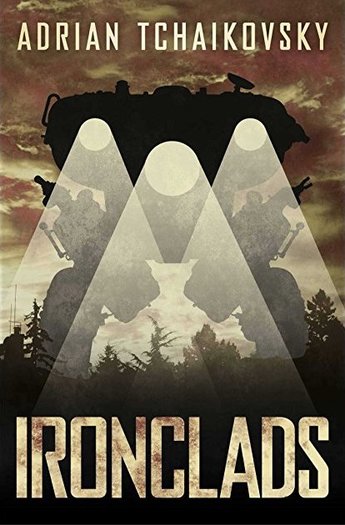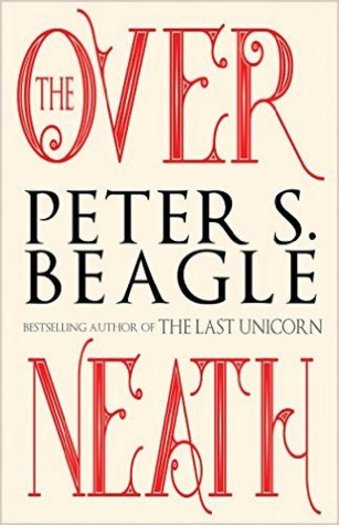Witches, Privateers, and Enchanted Blades: Tales of the Thieftaker by D. B. Jackson
 |
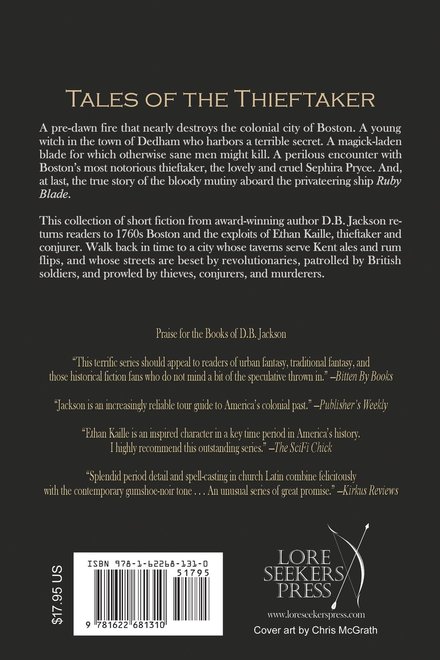 |
“Night of Two Moons,” the most popular story in Black Gate 4, was my introduction to the work of David B. Coe. Over the past two decades he’s produced eight novels in the same setting, the Forelands Universe (five in the Winds of the Forelands series, plus the Blood of the Southlands trilogy), and I’ve followed them avidly. His prior work included the LonTobyn Chronicle trilogy; more recently he’s turned his attention to contemporary fantasy with the Case Files of Justis Fearsson (Spell Blind, His Father’s Eyes, and Shadow’s Blade), featuring a magic-using private detective who faces off against dark sorcerers in Phoenix, Arizona. Starting in 2015 David became a semi-regular blogger for us; the most recent article in his Books and Craft series was World Building and the Importance of Setting.
In addition to that prodigious output, under the name ‘D. B. Jackson’ David’s also written four novels in the popular Thieftaker Chronicles, a historical urban fantasy series set in pre-Revolutionary Boston. The books have been widely acclaimed, and Kirkus Reviews calls them “Splendid… with [a] contemporary gumshoe-noir tone… An unusual series of great promise.” I’m very excited to see the next release, Tales of the Thieftaker, is a collection of new and previously published short stories — featuring a pre-dawn fire in colonial Boston, a young witch who harbors a terrible secret, a magick-laden blade, and the true story of the bloody mutiny aboard the privateering ship Ruby Blade.
Tales of the Thieftaker will be published by Lore Seekers Press on December 18, 2017. It is 275 pages, priced at $17.95 in trade paperback and $4.99 for he digital edition. The cover is by Chris McGrath. Read David’s interview (as D.B. Jackson) with his main character Ethan Kaille, the Thieftaker, in a funny and very insightful post here at Black Gate.


